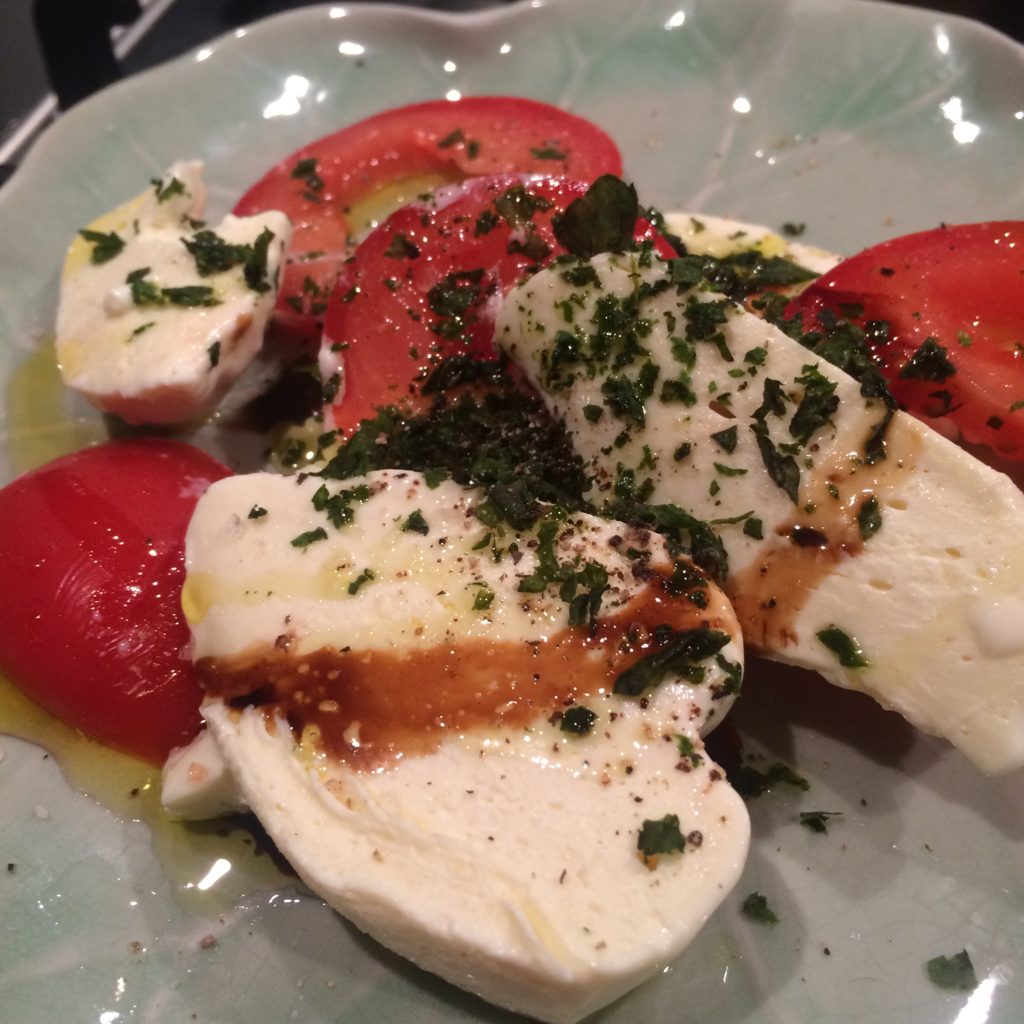
So, I am in disbelief that I made my own mozzarella cheese. That there above is not store-bought but was made with my own two hands.
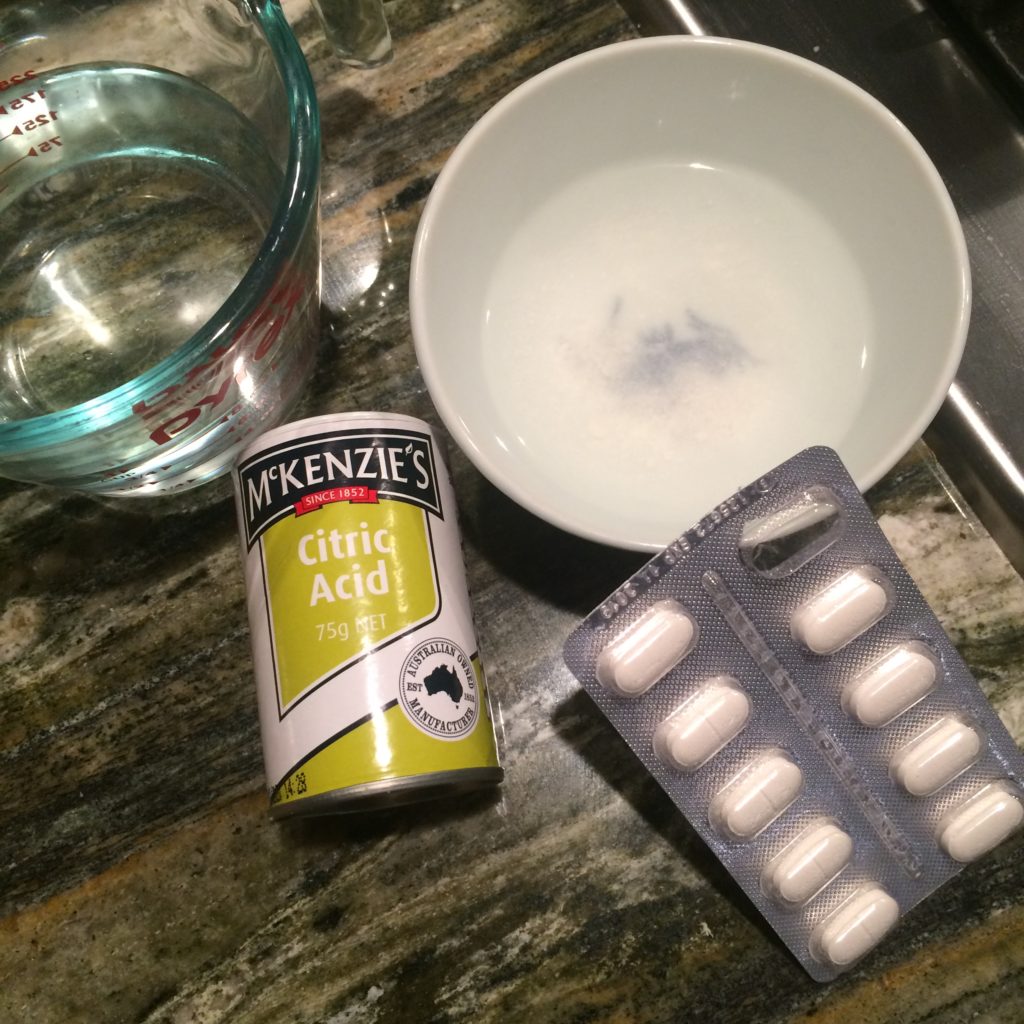
Ages ago, I stumbled across instructions on Kitchn from Emma Christensen, accompanied by a video that made it look easy (and will give you a much clearer idea of what is required than this haphazard blog post). It took me forever to get around to finally tackling the recipe. First I had to find rennet (I ordered tablets online from ebay, though they are also sometimes available from Australian stores like Kitchen Warehouse). Then when I finally decided to do it, I realised I didn’t have any citric acid. Easy enough to find at the grocery store. So, then I was ready: nearly four litres of milk into a big pot!
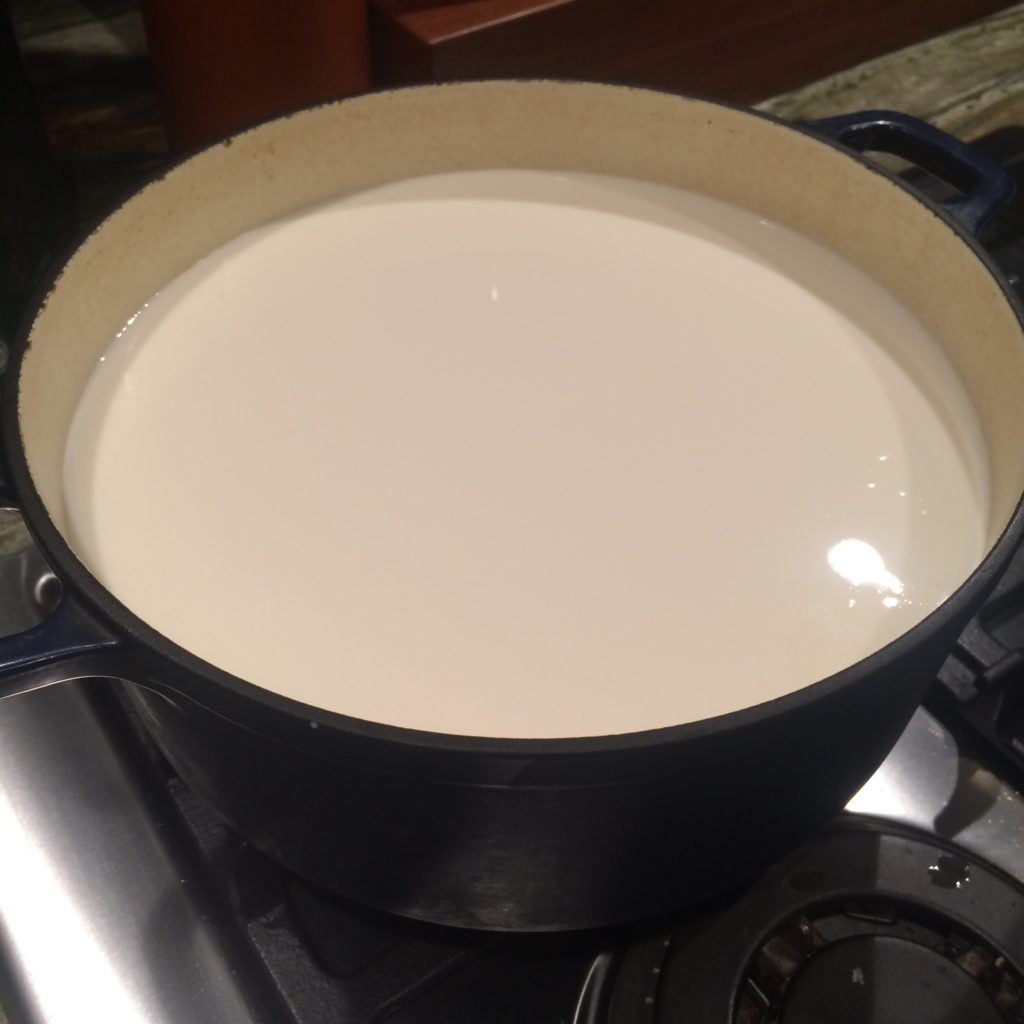
All in all, it was not simple to make, but it was possibly easier than I imagined. There are quite a few steps, and you need to watch your thermometer. And there’s waiting, and stirring (while waiting). I think all up, with me faffing about and double-checking the recipe, it took me nearly an hour!
I hope Kitchn doesn’t mind me reproducing the recipe below with metric conversions, to help out any keen Aussies who are planning on doing this. I really don’t have any hints or tips to add to the recipe (though if you don’t have a microwave, see the original recipe page for what to do). The stage below is after heating the milk with the citric acid, then adding the rennet and stirring and letting it rest, and then, when it’s the consistency of soft tofu, you cut it up into squares.
 I found it really cool after kneeding and folding the curds when it suddenly turned into the consistency of mozzarella. The recipe makes two big balls of mozzarella, bigger than I expected. There is a ton of whey leftover, which I plan to use all of to make various soups. I plated it up with tomatoes, basil and a splash of caramelised balsamic vinegar. We ate some right away, and the rest two days later, where the cheese had gotten a bit slimy with some sort of white mixture of whey, but a little rinse and it was fine.
I found it really cool after kneeding and folding the curds when it suddenly turned into the consistency of mozzarella. The recipe makes two big balls of mozzarella, bigger than I expected. There is a ton of whey leftover, which I plan to use all of to make various soups. I plated it up with tomatoes, basil and a splash of caramelised balsamic vinegar. We ate some right away, and the rest two days later, where the cheese had gotten a bit slimy with some sort of white mixture of whey, but a little rinse and it was fine.
If you try making this yourself, why not leave me a comment to tell me how it went!
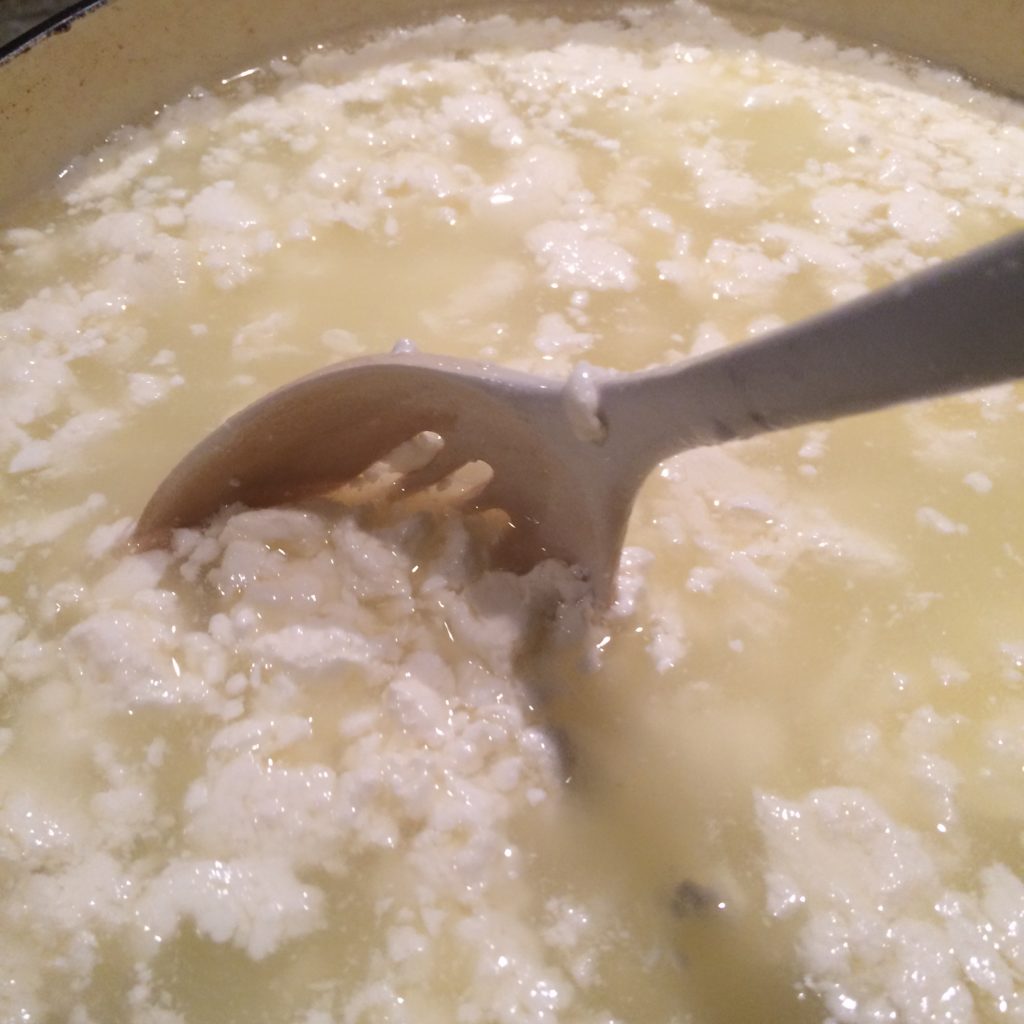
Homemade Mozzarella (Recipe from Kitchn, converted to metric)
What You Need
Ingredients
1 1/4 cup water
1 1/2 teaspoon citric acid
1 rennet tablet (I ordered some Mad Millie rennet from online, and it said 1 tablet is good for 4 litres of milk)
4 litres milk, whole or 2%, not ultra-pasteurized*
1 teaspoon kosher salt
Equipment
5 quart or larger non-reactive pot
Measuring cups and spoons
Thermometer
Slotted spoon
Microwavable bowl
Rubber gloves
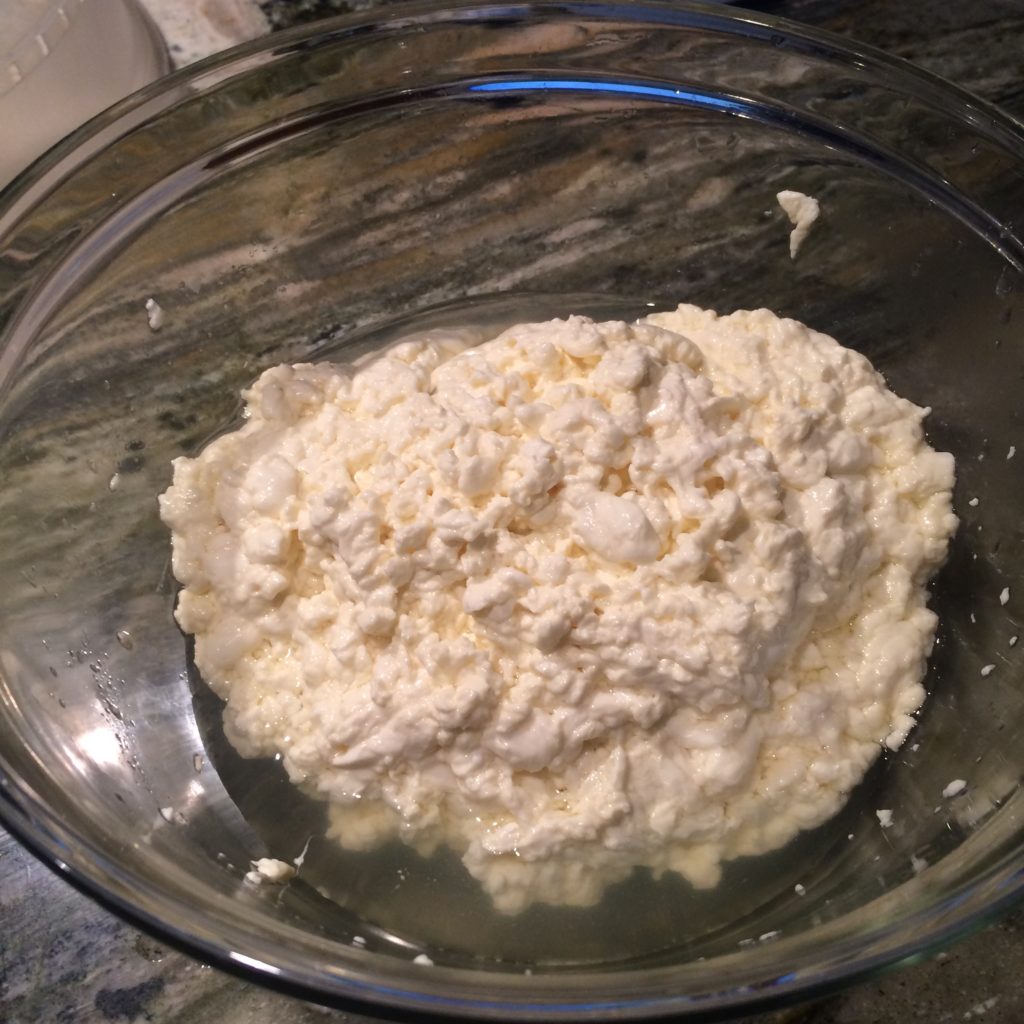 Instructions
Instructions
Prepare the Citric Acid and Rennet: Measure out 1 cup of water. Stir in the citric acid until dissolved. Measure out 1/4 cup of water in a separate bowl. Stir in the rennet until dissolved.
Warm the Milk: Pour the milk into the pot. Stir in the citric acid solution. Set the pot over medium-high heat and warm to 32.2°C, stirring gently.
Add the Rennet: Remove the pot from heat and gently stir in the rennet solution. Count to 30. Stop stirring, cover the pot, and let it sit undisturbed for 5 minutes.
Cut the Curds: After five minutes, the milk should have set, and it should look and feel like soft silken tofu. If it is still liquidy, re-cover the pot and let it sit for another five minutes. Once the milk has set, cut it into uniform curds: make several parallel cuts vertically through the curds and then several parallel cuts horizontally, creating a grid-like pattern. Make sure your knife reaches all the way to the bottom of the pan.
Cook the Curds: Place the pot back on the stove over medium heat and warm the curds to 40.5°C. Stir slowly as the curds warm, but try not to break them up too much. The curds will eventually clump together and separate more completely from the yellow whey.
 Remove the pot from the heat and continue stirring gently for another 5 minutes.
Remove the pot from the heat and continue stirring gently for another 5 minutes.
Separate the Curds from the Whey: Ladle the curds into a microwave-safe bowl with the slotted spoon.
Microwave the Curds to 57°C: Microwave the curds for another 30 seconds and check their internal temperature and continue microwaving in 30-second bursts until they reach temperature. The curds need to reach this temperature in order to stretch properly.
Stretch and Shape the Mozzarella: Now put on those clean rubber gloves. We have some disposable ones that don’t have powder sprinkled on them like some medical gloves. Sprinkle the salt over the cheese and squish it with your fingers to incorporate. Using both hands, stretch and fold the curds repeatedly. It will start to tighten, become firm, and take on a glossy sheen. When this happens, you are ready to shape the mozzarella. Make one large ball, two smaller balls, or several bite-sized bocconcini. Try not to overwork the mozzarella.
Using and Storing Your Mozzarella: The mozzarella can be used immediately or kept refrigerated for a week. To refrigerate, place the mozzarella in a small container. Mix a teaspoon of salt with a cup of cool whey and pour this over the mozzarella. Cover and refrigerate.
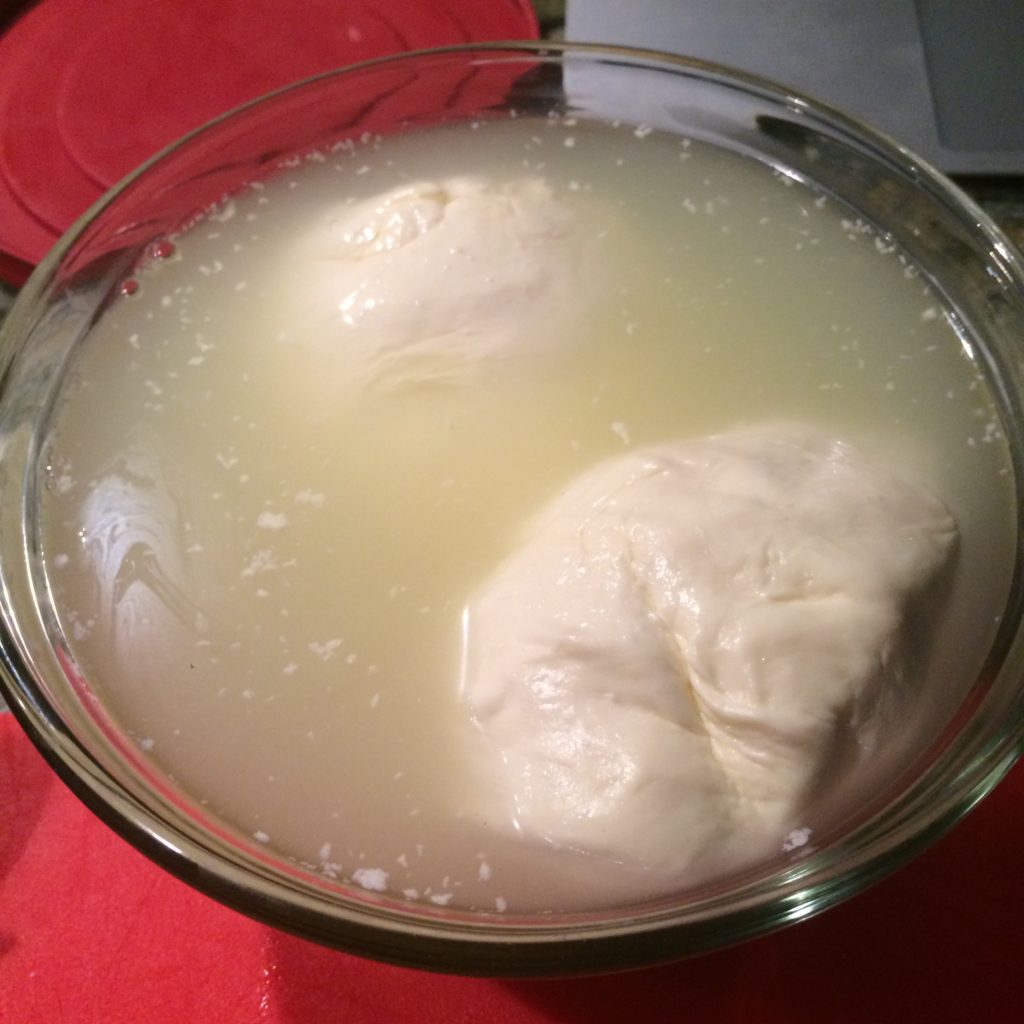
April 2020: So, during the COVID-19 lockdown, I thought it a good time to try making this again. I can’t believe I’ve left it so long. It was a disaster. Perhaps the first time was beginner’s luck. On the other hand, there were obvious mistakes. Ahem. The containers for baking powder and citric acid are from the same company and with the same font used on the packaging. So, I put in baking powder and then wondered why it wasn’t coagulating. I then tried to salvage the batch by using the same milk, adding the citric acid and adding another rennet pill (which, by the way, are past their expiry date). While curds did form, in the end, they wouldn’t come together. So, I have a runny ricotta mixture (and 3.5 litres of whey), which was not worth the effort this all took (including lugging four litres of milk home).
I shall try it again, and I should do it soon to see if that rennet works. But next time I will try using unhomogenised milk, as some websites recommend. And then, I’m going to half the recipe. There’s only the two of us in our household, and making a nice sized mozzarella ball would be fine instead of trying to work with 4 litres of milk…
